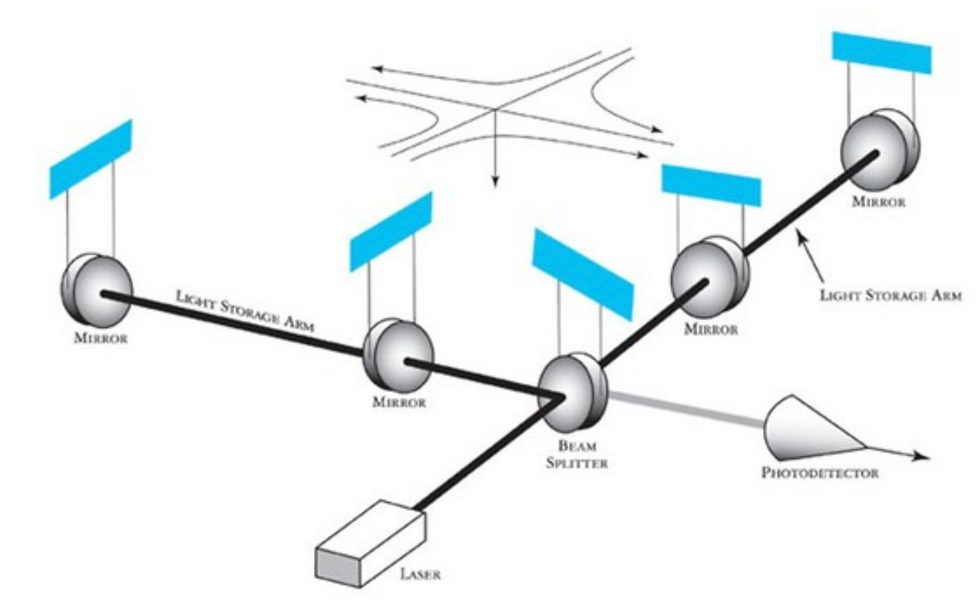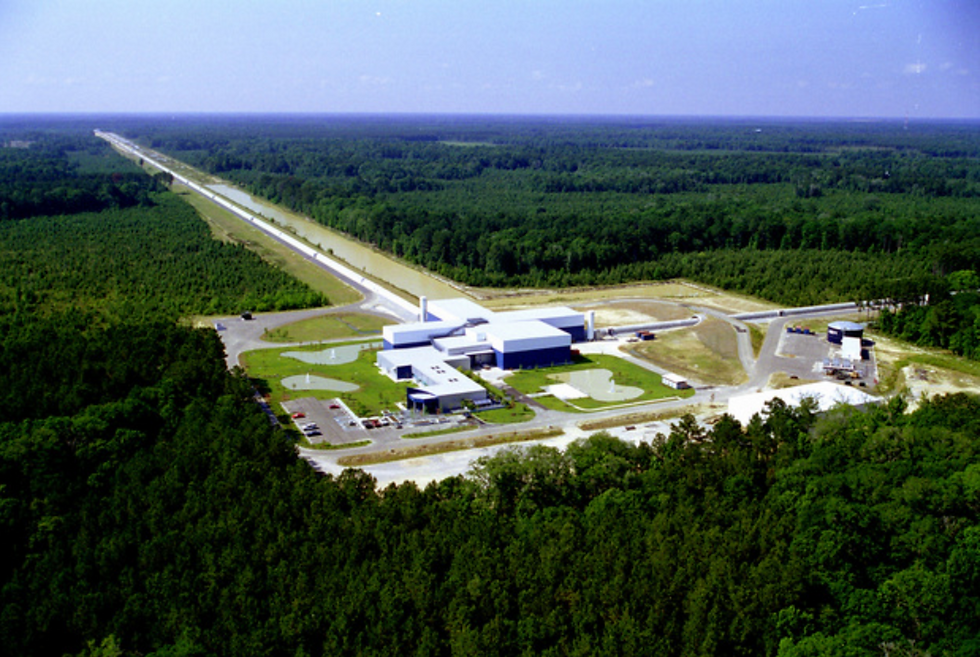A New Way to Look at the Universe
- ARQuest SSERN
- Aug 22, 2020
- 3 min read
Author: Diwa Bhusal
From: Cypress, Texas, US
Introduction
Our world and the lens through which we looked at it fundamentally changed when we were able to look at objects through different parts of the Electromagnetic spectrum. Distant objects, seemingly invisible and unseen for millenia were suddenly visible to us. So much of the world changed then. But still, there was so much we couldn’t see; notably, we couldn’t really see black holes.
Black holes, afterall, don’t emit any EM/light waves. So, how do we see things that seemingly output nothing into the universe? LIGO and the search for Gravitational Waves turned this search around when they took this concept from Albert Einstein and executed a method from which they could do this research.
What is LIGO and how does it find gravitational waves?
LIGO (Laser-Interferometer Gravitational-Wave Observatory) consists of 2 laser interferometers separated by 3000 kilometers. They are the biggest observatory searching for these gravitational waves on Earth. LIGO does not look for Electromagnetic radiation because gravitational waves are not EM waves. Gravitational Waves are basically disturbances. Every object in the universe creates gravitational waves but huge occurrences such as black holes or neutron stars combining create ripples in space-time that LIGO aims to detect. It’s important to remember that these ripples are not big, even if they come from explosive events. These waves come from far far away and by the time they reach LIGO, they’re absolutely tiny. Gravitational waves, like all other waves, have peaks and troughs. They expand space in one direction and compress space perpendicular to it. LIGO uses an interferometer (that basically uses multiple sources of light to create an interference pattern) and uses that to locate disruptions the size of even 1/10000th of a proton. It’s an engineering marvel because of how it is able to handle such a great amount of sensitivity - especially since LIGO’s engineers had to find a way to dampen the effect of seismic activity all over Earth and vibrations close to the interferometer itself.

LIGO’s Biggest Feat
On September 14 2015, LIGO was able to sense the ripple of 2 colliding black holes, more than 1.3 billion years away. This was one of the greatest discoveries of our time and maybe even all of humanity’s because it essentially guaranteed that these waves exist, something that has been speculated for much of the 20th century. What’s even more interesting is that space is (mostly) empty. There’s no atmosphere of sorts for light and EM waves to travel through, it's basically travelling through nothing. Gravitational waves also travel at the same speed as the light and EM waves and they give us a new perspective into the universe. Before, we would not have been able to see events such as colliding black holes, but now we are able to with this new outlook into the universe.
Gravitational waves explain so much of what many scientists had theorized thus far. They provide us with a lens to look at the universe and all that it contains. Our world is changing massively and new lenses into the universe have become essential for us in order to find out more and more about our world. But at the same time, the confirmation of Gravitational Waves shows us that science takes time. When Einstein first conceptualized the idea of Gravitational Waves almost 100 years ago, the idea of ever being able to detect these objects remained an engineering challenge but never a promising reality for their time. It took years for this concept to become confirmed, often with Einstein himself remaining skeptical about the possibility of these waves but they were found. It granted us with a completely new lens that will help push the future of astrophysics research for years to come.

Author: Diwa Bhusal
Diwa is a Nepali-American rising High School senior interested in Physics and Chemistry. She
plans to pursue these fields when going to college/university. She has loved science ever since a young age and is always willing to learn more about all the subjects she cares about. She fights to encourage more women and people of color to get involved in STEM, and she also loves reading, writing and spending time decorating her planner.
Reference
LIGO Lab | Caltech. 2020. What Are Gravitational Waves?. [online] Available at: <https://www.ligo.caltech.edu/page/what-are-gw> [Accessed 15 August 2020].
LIGO Lab | Caltech. 2020. What Is LIGO?. [online] Available at: <https://www.ligo.caltech.edu/page/what-is-ligo> [Accessed 15 August 2020].
LIGO Lab | Caltech. 2020. What Is An Interferometer?. [online] Available at: <https://www.ligo.caltech.edu/page/what-is-interferometer> [Accessed 15 August 2020].
Redd, N., 2020. Black Holes: Facts, Theory & Definition. [online] Space.com. Available at: <https://www.space.com/15421-black-holes-facts-formation-discovery-sdcmp.html> [Accessed 15 August 2020].




What a unique topic! I did not even know that these waves existed.
Such a cool topic!